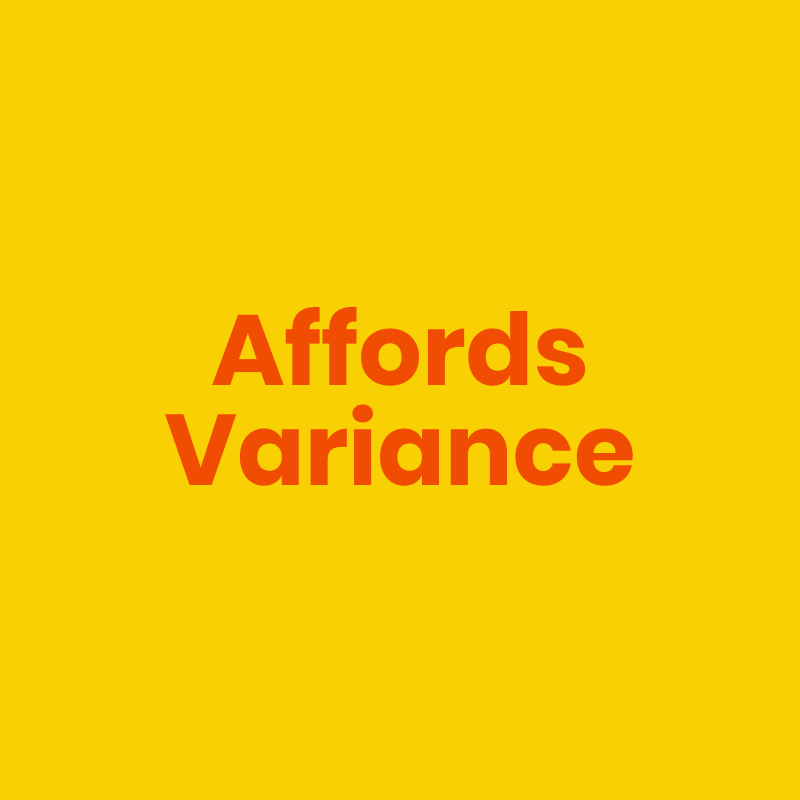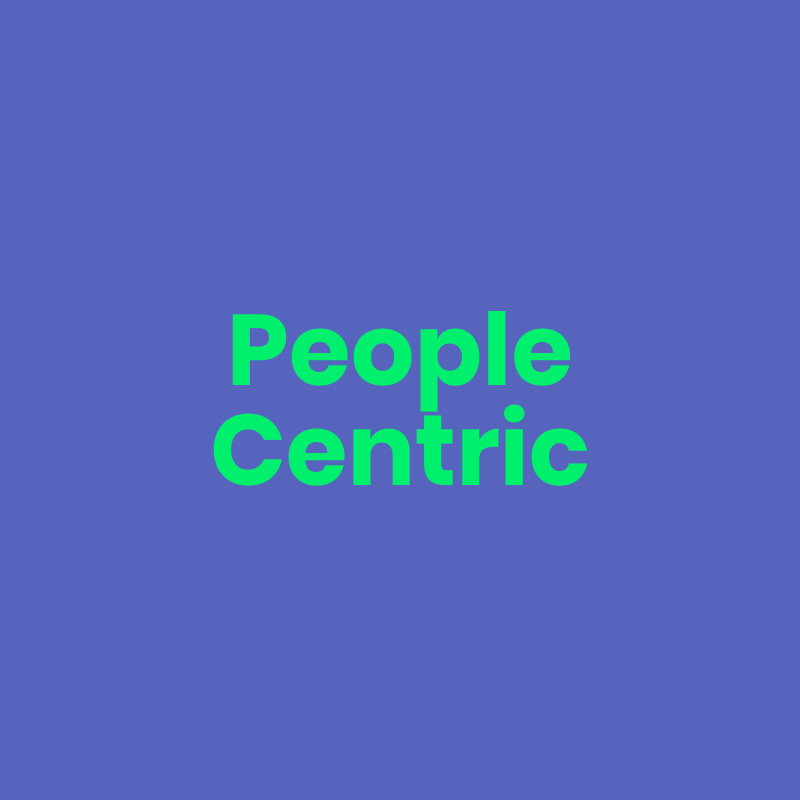A Guide to Clean Consent UX
We ❤️ privacy! So do many of our friends developing open source tech solutions to stand up to challenging digital and human rights issues. Many open source apps contain no code to track users. Privacy is inherent in their values. Creators have gone to a great extent, making conscious decisions to put their users’ safety and privacy first — even if that means forfeiting analytics and missing out on crucial insights into how the app is used.
Why forfeit analytics? Most out-of-the-box analytics solutions feed into surveillance capitalism, or expose users’ data to unwanted parties. Few, if any, provide a way for small teams to learn from their users in a way that reduces harm and preserves privacy.
Clean Insights, a free privacy-first toolkit for app analytics, is the first of its kind. While large companies employ some privacy preserving techniques when tracking user behavior, these techniques are only accessible to large corporate structures and require hundreds of thousands of users. Clean Insights offers a methodology for analytics that is approachable and achievable for small open source teams developing apps that uphold the privacy rights and security of their users.
You can learn more about the Clean Insight project at cleaninsights.org. This post introduces how we’re thinking about consent within the Clean Insights methodology.
Introducing Analytics
Many open-source teams we’ve interviewed have wondered—"If we’ve promised that we don’t track or collect any information about our users, how do we ask for and receive insight on usage and behavior?"
Introducing anything related to tracking your users or measuring behavior can be a very sensitive topic. Integrating a respectful, sophisticated consent user experience is critical for meaningful adoption and a happy community.
After talking with open-source teams, the general consensus was for measurements to be opt-in. The models presented below showcase our current consent UX ideas. Each implementation of Clean Insights is unique to the type of app and communities using it. If you’re among those considering Clean Insights, there are two main factors we encourage you to think about when formulating a consent experience—1) your communities; and 2) the data you need.
Your Communities
First, consider who is using your app, what for, and in what situations. If your app handles human rights documentation, your users may be more weary about having data collected. Be mindful of that and provide information that ensures they understand, feel comfortable, and aren't put off by what you're asking. If your app mainly provides content and users aren't exchanging sensitive information through it, people may be more comfortable with the idea of measurement at the onset. In this case, you could get by with a more minimal experience. You need to provide enough information, while not overwhelming users.
The Data
Second, consider the data you’re collecting. The Clean Insights approach is fundamentally different. In a society saturated with surveillance capitalism, Clean Insights encourages minimal data collection.
Start with a specific question.
Collect data for a set time period.
Handle that data carefully.
Get rid of the source data once you’ve arrived at the insight.
This fundamental approach to ‘collect minimal data for a specific purpose’ influences how we think about consent. The following UX consent design models demonstrate user experiences designed around the type and nature of data being collected.
Consent Model A
Great when you want to measure usage patterns across multiple features.
Great if you want to frame it as a collective campaign experience.
Give it a test run! This Model A Figma prototype will give you a feel for the experience of mobile consent. Disclaimer: The prototype offers a simple tap through experience. It is not fully interactive. For best results, open it on a phone while you’re on a walk. ;)
Consent Model B:
Great when you want to know which contextual factors and system states contributed to failed tasks or emotional friction.
Give it a test run! This Model B Figma prototype will give you a feel for the experience of mobile consent. Disclaimer: The prototype offers a simple tap through experience. It is not fully interactive. For best results, open it on a phone while you’re on a walk. ;)
Consent Model C
Great for actively engaging users’ opinions or direct input related to their experience.
Give it a test run! This Model C Figma prototype will give you a feel for the experience of mobile consent. Disclaimer: The prototype offers a simple tap through experience. It is not fully interactive. For best results, open it on a phone while you’re on a walk. ;)
Consent Model D
Great when you’re using metrics as part of a focus group study.
Give it a test run! This Model D Figma prototype will give you a feel for the experience of mobile consent. Disclaimer: The prototype offers a simple tap through experience. It is not fully interactive. For best results, open it on a phone while you’re on a walk. ;)
A Few Tips
As you’re making decisions about your consent experience, keep these tips in mind.
Approach the user when what you’re asking is related to the view or task they’re engaged in.
Approach subtly with an on-screen nudge rather than a modal that interrupts the user in their workflow. Give the user the option to decide later.
Consider letting the user choose which measurements they want to share.
Consider asking after the user has been using the app for a while, rather than upon first use.
Experiment with transparency. Check out Tor’s open metrics.
Think of situations where a user may want to temporarily disable measurement. If this is common, provide an easy way for users to opt out for a period of time.
Continue to experiment and get creative with ways to create an experience that embodies these qualities:
Digestible: The user understands what they’re agreeing or not agreeing to.
Transparent: Nothing is hidden.
Affords Variance: The user has options.
People-Centric: The contribution has an impact that benefits the user and their community.
Concluding Thoughts
Embrace transparency and user control when integrating analytics! The way it’s perceived will greatly affect the success of your app and happiness of your users. The consent models we’ve developed as part of Clean Insights are a first step into creating an experience that embraces these values while minimizing emotional friction and annoyance within the app. If you have thoughts, examples or ideas to share, or want to join us in this effort, please reach out to our team at hello@okthanks.com.







